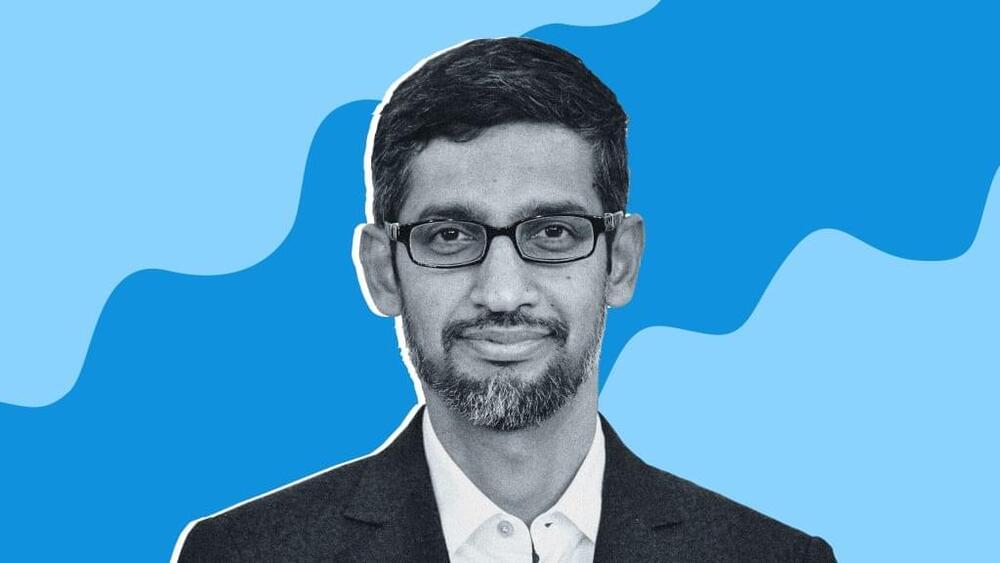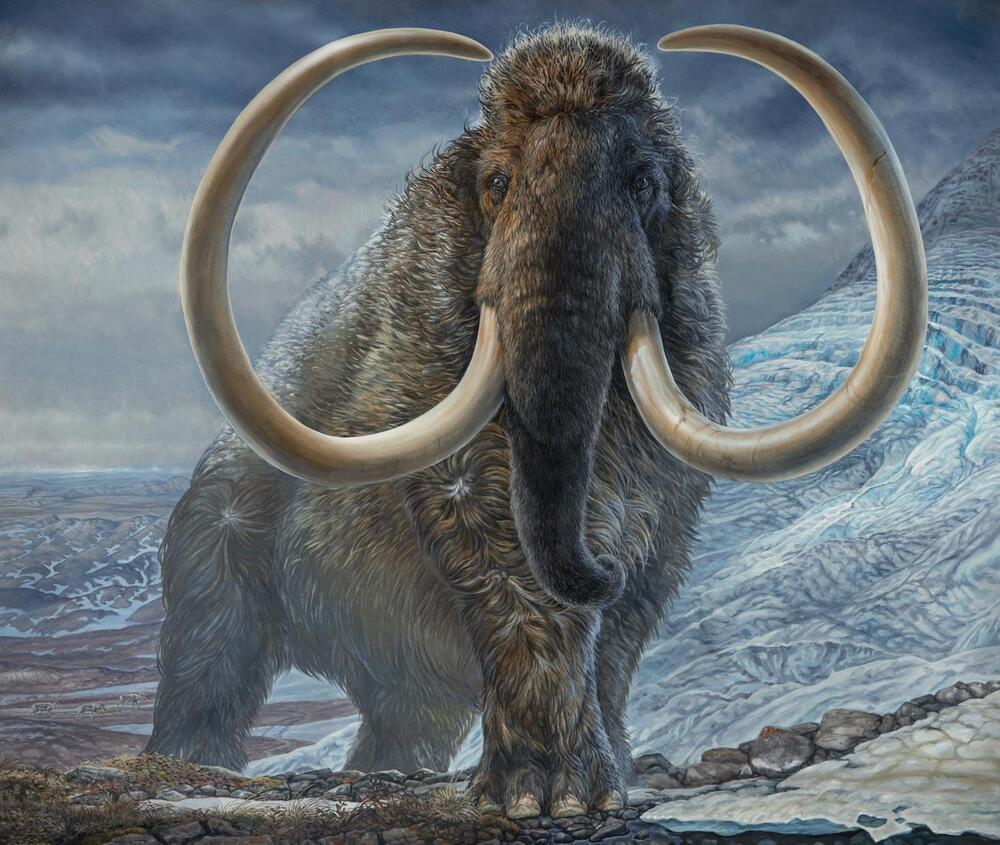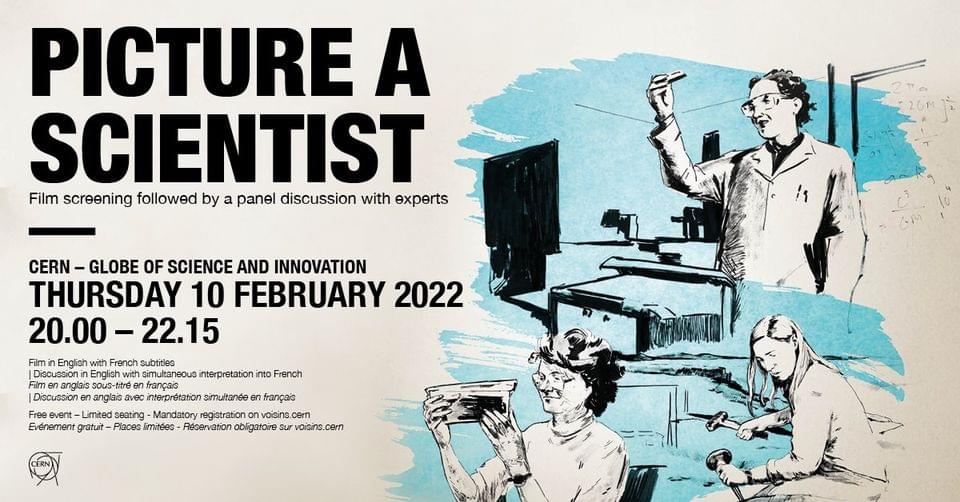While college tuition rises, businesses like Google are offering their own credentials — for a lot less. It might be the educational model we’ve needed for decades.


Public policy includes efforts by governmental as well as nongovernmental agencies (other than professional associations) to manage genetic enhancement. For example, the International Olympic Committee has a policy on performance-enhancing drugs in sport. In the United States, the Food and Drug Administration classified synthetic anabolic steroids as a restricted class of drugs, making it more difficult to get access to them. Such measures will not always be successful. Epoetin alfa (EPO) is a useful medication for the many people who suffer from chronic anemia, including people who must undergo regular renal dialysis. As a consequence, it is in very wide supply for legitimate therapeutic purposes, unlike the synthetic anabolic steroids. Imposing strict limitations on access to EPO would create an enormous inconvenience for the large number of people who benefit from the drug. The fact that some athletes are able to get their hands on EPO is an unintended consequence of having the drug widely available for legitimate therapeutic uses. The appropriate public policy will not be the same, necessarily, for every drug.
By “personal policy” we mean the moral understandings and social practices of individuals, parents, and families, including those moral convictions that would cause them to refrain from unwise or unfair use of genetic enhancement technologies. The Worth of a Child, for example, focuses on ethical issues involving children and parents.11 How does one engage that sort of personal policy response? The means we have are limited but powerful: education, public dialogue, and the encouragement of ethical reflection.
In conclusion, there are four points worth reiterating. First, as we think about genetic enhancement, we should use a broad definition of genetic-enhancement technologies, not merely gene manipulation, but indirect genetic technologies, such as biosynthetic drugs. Second, we should try to anticipate the enhancement temptations of new therapies. Such anticipation may help us in shaping the marketing, availability, or other aspects of those technologies. Third, we should promote the adoption of appropriate public and professional policies. Finally, we should provide public education and dialogue to encourage personal ethical reflection on the appropriate uses and limits of genetic-enhancement technologies.
Ion channels are crucial for neural communication; they control the flow and gradient of charged particles, creating electrical signals. Recent work report | Neuroscience.
In this study, the researchers assessed how dense ion channels were packed in the membranes of neuronal cells from ten species of mammals, including mice, rats, rabbits, ferrets, macaques, marmosets, macaques, humans, and one of the smallest known mammals, an animal called the Etruscan shrew. The team focused on a type of excitatory neuron typically found in the cortex of the brain, and three ion channels that are in the membranes of those cells; two are voltage-gated ion channels that control the movement of potassium, another is called the HCN channel and both potassium and sodium ions can flow through it.
Studies have suggested that the human brain is built like the brains of other mammals, said first study author Lou Beaulieu-Laroche, a former MIT graduate student. It was once thought that in mammals, these channels would be present at about the same density from one species to another.
Instead, the researchers determined that as the neurons got bigger, the density of ion channels increased. That was a notable finding, because as that density increases, more energy needed to move ions in and out of neurons, explained senior study author Mark Harnett, an associate professor of brain and cognitive sciences at MIT.
He’s absolutely right about birth rates and its implications for our species. OVER population is a disproven concept as far as our near and near-far future goes.
Elon Musk is the charismatic co-founder of PayPal and Tesla, as well as the founder of SpaceX, Neuralink, and The Boring Company. He serves as CEO of Tesla and CEO/lead designer of SpaceX. Watch along as he explains why earth doesn’t have a lot of time left.
Other business videos:
➟ “Most People Don’t Even Realize What’s Coming” | Elon Musk Shocking Speech (2021)
➟What Is The Price Of Success? — Elon Musk Speech.
https://www.youtube.com/watch?v=D-tTj6sm10M
➟Audience Stunned when Elon Musk Predicts a Climate Change.
https://www.youtube.com/watch?v=_ozlbGB57aE
This video is all about Elon Musk, Musk, Elon, Tesla, SpaceX, The Boring Company, Business, Jeff Bezos, Space, Cars, Bill Gates, Mark Zuckerberg, millionaires, billionaires, motivational, motivation, Elon musk motivation, Elon musk motivational, elon musk, elon musk motivation, elon musk motivational speech, elon musk inspiring speech, elon musk best speech, elon musk emotional speech, elon musk inspirational video, elon musk emotional, elon musk mindset, elon musk tears up speech, elon musk tears up, elon musk holding back tears, business core, elon musk zone, motivation core, DBbusiness and more topics!
All materials in these recordings are utilized for educational & motivational purposes and fall under fair use law. No copyright encroachment intended. In case you are or represent the copyright proprietor of materials utilized in this video and are object to the utilization of these materials, kindly reach out to me, and we will sort it out.

University associations are looking to make research papers and publications open to all by dropping paywalls.
The European University Association (EUA) consists of 850 academic institutions covering 48 countries. Created in 2001 they are responsible for the education and training of more than 17 million students across Europe. In creating the Association, European academics have endeavoured to create a common educational standard and policies related to educational and research accountability and processes. They are not alone in doing this, joined by like-minded organizations such as OA2020, the Max Planck Society open access initiative, and the IFLA, the International Federation of Library Associations and Institutions.
Since the COVID-19 pandemic outbreak, the need to accelerate research and development of new vaccines and medications has fostered a move for greater openness in publishing and sharing research. This has spirited a recently unveiled strategy, the EUA Open Science Agenda 2025 promoting open access to research and scholarly publications, and the removal of paywalls from scientific and academic journals and publications of European origin.
An open science agenda will involve the creation of new systems for evaluating independent research and will make it easier for the scientific and academic community to learn from each other while disseminating information to the general public that will continue to be peer-reviewed.

13 Aug 2021
“The proportions of different isotopes of elements present in the bedrock and water create a unique profile, specific to each place on Earth. This profile remains consistent over the millennia and is a kind of “fingerprint” of a region, which can be found in plants, rocks and even animal remains.” National Geographic Poland.
“One of the mammoth’s tusks became a perfect record of all the places the animal visited in its lifetime — with an accuracy almost to the day.”
An international research team has retraced the astonishing lifetime journey of an Arctic woolly mammoth, which covered enough of the Alaska landscape during its 28 years to almost circle the Earth twice.
Scientists gathered unprecedented details of its life through analysis of a 17,000-year-old fossil from the University of Alaska Museum of the North. By generating and studying isotopic data in the mammoth’s tusk, they were able to match its movements and diet with isotopic maps of the region.
Few details have been known about the lives and movements of woolly mammoths, and the study offers the first evidence that they traveled vast distances. An outline of the mammoth’s life is detailed in the new issue of the journal Science.

Fraunhofer ISE has developed a process for recycling the silicon in old solar panels.
The big knock on new technology like electric cars and solar panels is that they are not recyclable. People haven’t cared a flying fig leaf about recycling stuff for the past 100 years. If they did, citizens would be at the gates of the corporate headquarters of Nestlé, Coca Cola, and Pepsi with flaming torches and pitchforks demanding they stop inundating the Earth with their endless profusion of waste products.
But suddenly, people are all atwitter about what will happen to the batteries of electric cars. Fearmongers on the internet are telling people they will have to drive their old electric cars into lakes and rivers when they stop working. The amazing thing is, people believe that codswallop and repeat it to their friends as if it were carved on the stone tablets Moses brought down with him when he descended the mountain. So much for public education making people smarter.
Another cry you hear from the anti-technology crowd is that millions of old solar panels will be dumped into landfills to fester for centuries. Horse-puckey! Do we need a way to recycle solar panels? Yes, we do. And are responsible adults working on such systems as we speak? Yes, they are. Calm down, people. Everything you read on Twitter or Facebook is not gospel. And let’s not get started on the deliberate misinformation spewed by the talking heads on Faux News 24 hours a day.
Measuring Human Biology in Action, To Cure, Prevent Or Manage All Diseases — Dr. Stephani Otte, Ph.D., Science Program Officer, Imaging, Chan Zuckerberg Initiative.
Dr. Stephani Otte, Ph.D is Science Program Officer, Imaging, at the Chan Zuckerberg Initiative (https://chanzuckerberg.com/), who leads the organization’s Imaging program and is focused on the creation, dissemination, optimization, and standardization of transformative imaging technologies.
Prior to CZI, Dr. Otte was Director of Science at a neuro-technology / microscopy company, Inscopix, involved in accelerating brain science and innovating mini-scope microscope solutions for real-time mapping of the human brain and it’s circuits.
Dr. Otte received her Ph.D. in Neuroscience at the University of California, San Diego, and did postdoctoral fellowships in systems neuroscience at the Salk Institute and University of California, Berkeley.
The Chan Zuckerberg Initiative is an organization established and owned by Dr. Priscilla Chan and her husband, Facebook founder Mark Zuckerberg, with a focus on science, education, immigration reform, housing, criminal justice, and other local issues, with a mission to “build a more inclusive, just, and healthy future for everyone” and to “advance human potential and promote equality in areas such as health, education, scientific research and energy”.

Thu, Feb 10 at 11 AM PST.
PICTURE A SCIENTIST is a documentary film chronicling the groundswell of researchers who are writing a new chapter for women scientists.
Screening followed by a discussion with experts in gender and diversity in science:
- louise carvalho — diversity & inclusion programme leader, CERN
- Corinne Charbonnel — co-chair of the Equality and Diversity Commission of the Faculty of Sciences, University of Geneva.
“Beneficial Viruses” For Human Health, Agriculture And Environmental Sustainability — Dr. Marilyn Roossinck, Ph.D., Professor Emeritus, Penn State
Dr. Marilyn Roossinck Ph.D. (https://plantpath.psu.edu/directory/mjr25) is Professor Emeritus of plant pathology, environmental microbiology and biology at Penn State University.
Dr. Roossinck is an expert on viruses, from their evolutionary pressures and mechanisms, to the ecology of viral diseases. She performed some of the first experimental evolution studies on plant viruses and pioneered the first virus discovery work in a terrestrial system, by deep sequencing wild plant samples. A specialty of hers is the symbiotic relationships between plants and so-called “beneficial viruses.”
Dr. Roossinck completed her undergraduate work at the University of Colorado, Boulder, receiving a biology degree in 1982. Four years later, she earned her doctorate in microbiology and immunology from the University of Colorado School of Medicine.
Dr. Roossinck joined Penn State as professor of plant pathology and environmental microbiology and of biology in 2011, holding appointments in the College of Agricultural Sciences and the Eberly College of Science. She taught courses in virus ecology for several years at Penn State, and also has published both a popular press book about viruses entitled “Virus: An Illustrated Guide to 101 Incredible Microbes” as well as the academic text “Plant Virus Evolution”.